South Korea eyes ‘giant leap forward’ in defence as analysts say wars boost bid to grow arms exports
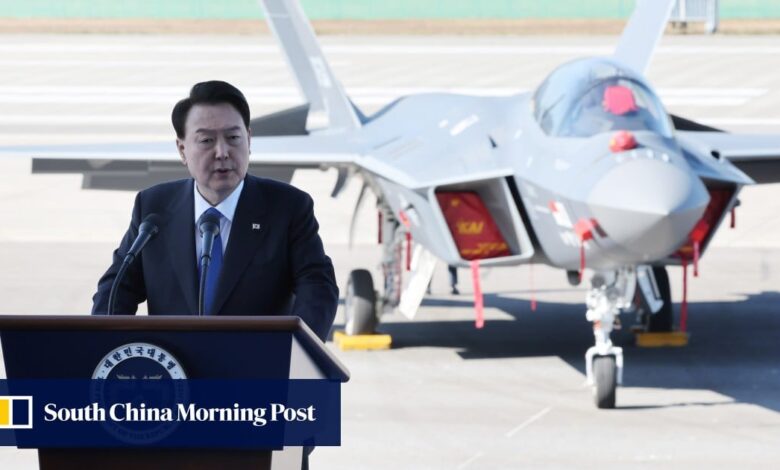
[ad_1]
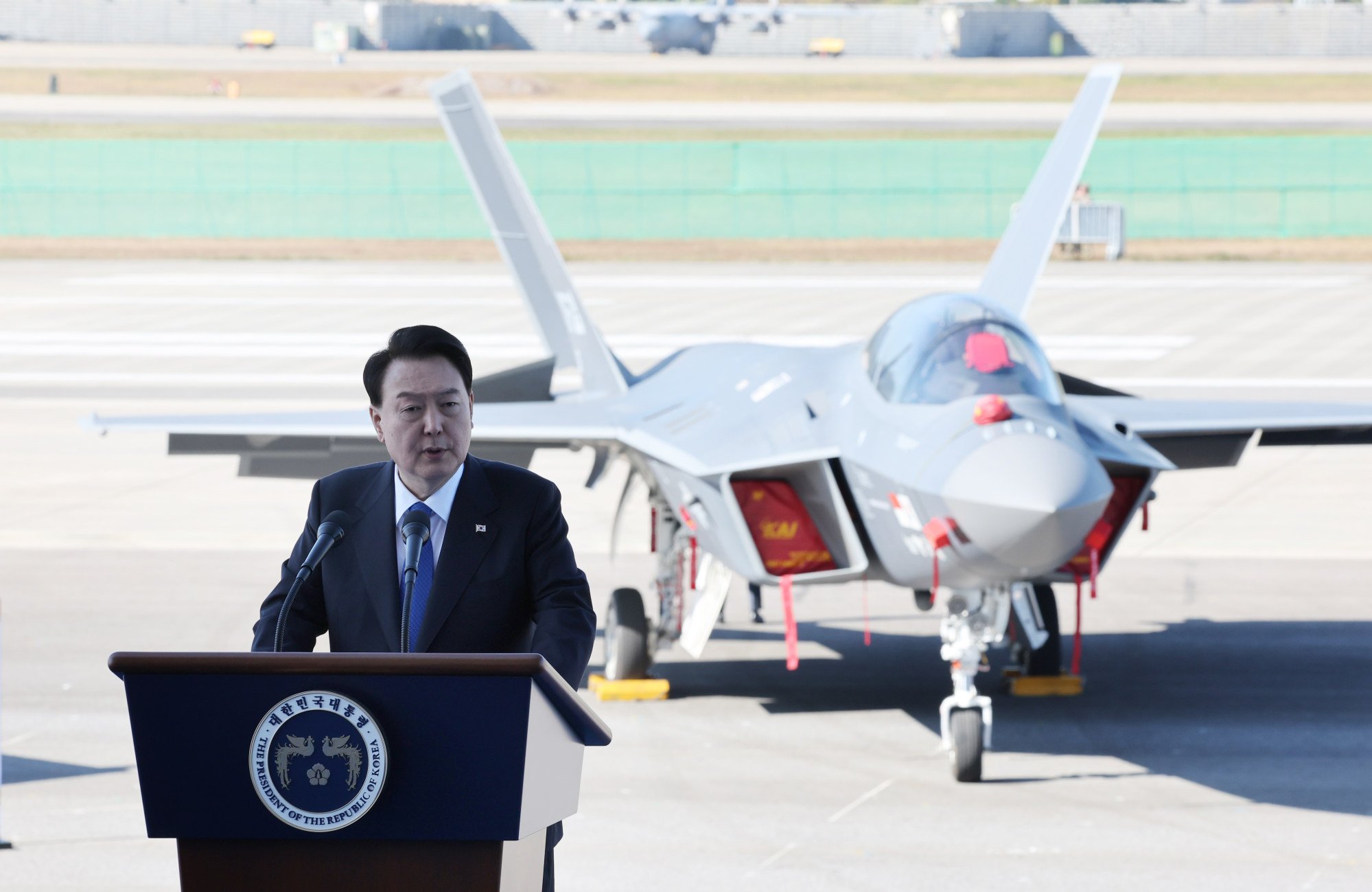
“Our defence cooperation [with other countries] is now beyond simply exporting weapons,” Yoon said, adding the cooperation had expanded to encompass supplying equipment and parts, training and research. “We plan to establish a defence-security cooperation system with friendly countries by sharing our experience growing our defence industry.”
This year’s show is designed to help South Korea reach its goal of becoming the world’s fourth-largest arms exporter, Lee Jong-ho, chief of the fair’s organising office, told a briefing on Monday. More than 450 senior defence officials from 54 countries were expected to attend, along with hundreds of thousands of other professionals and members of the public, he said.
“This is an opportunity for Korea’s defence industry to draw international attention and take a giant leap forward,” Lee said.
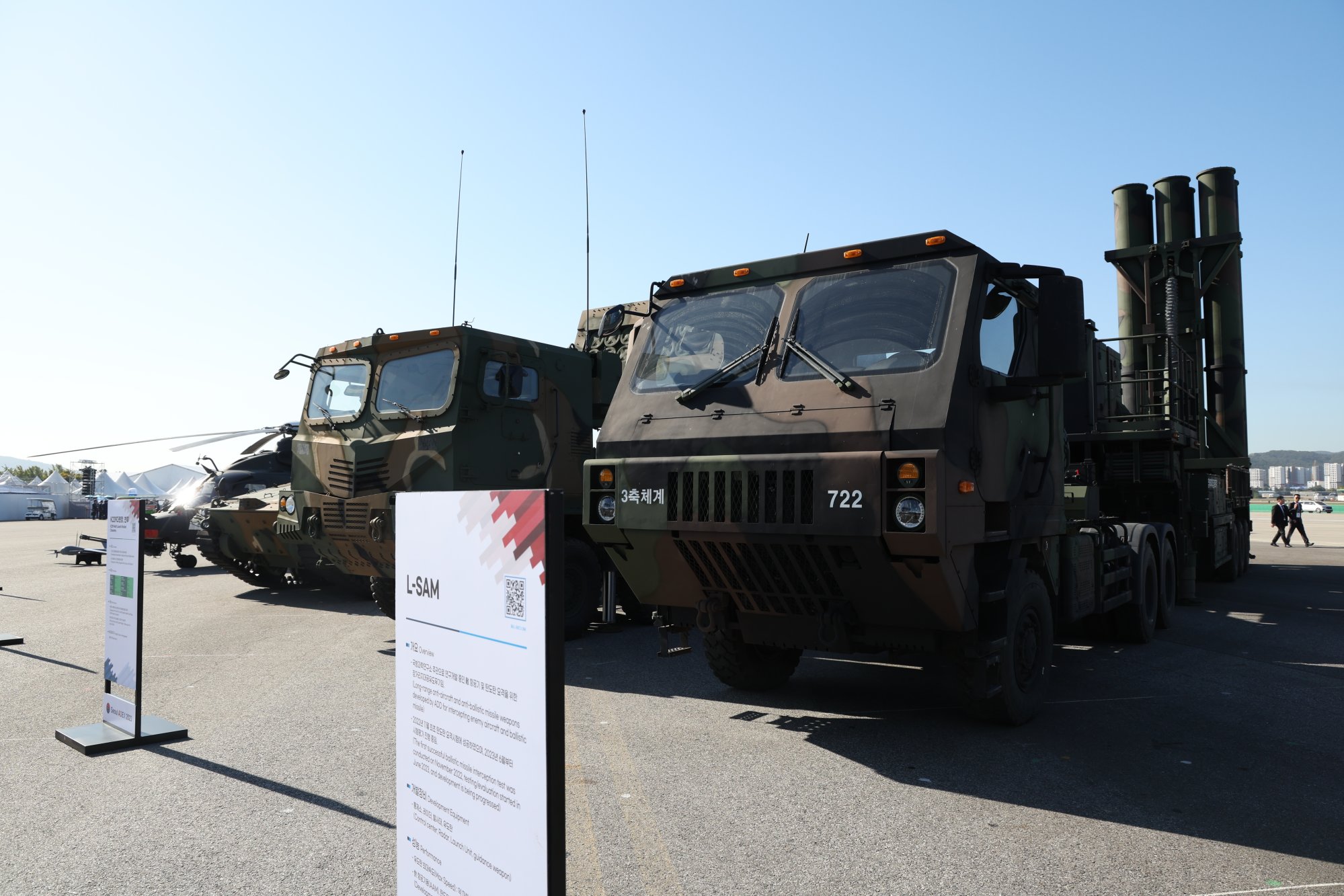
In recent years, South Korea has placed roughly ninth in the world for defence exports, but Yoon has called for it to improve.
The KF-21 fighter jet made its public debut on Monday with a demonstration flight. It’s set to be joined by US military aircraft, including the F-22 stealth jet, F-16 fighter jet, T-50 trainer jet and U-2 spy plane.
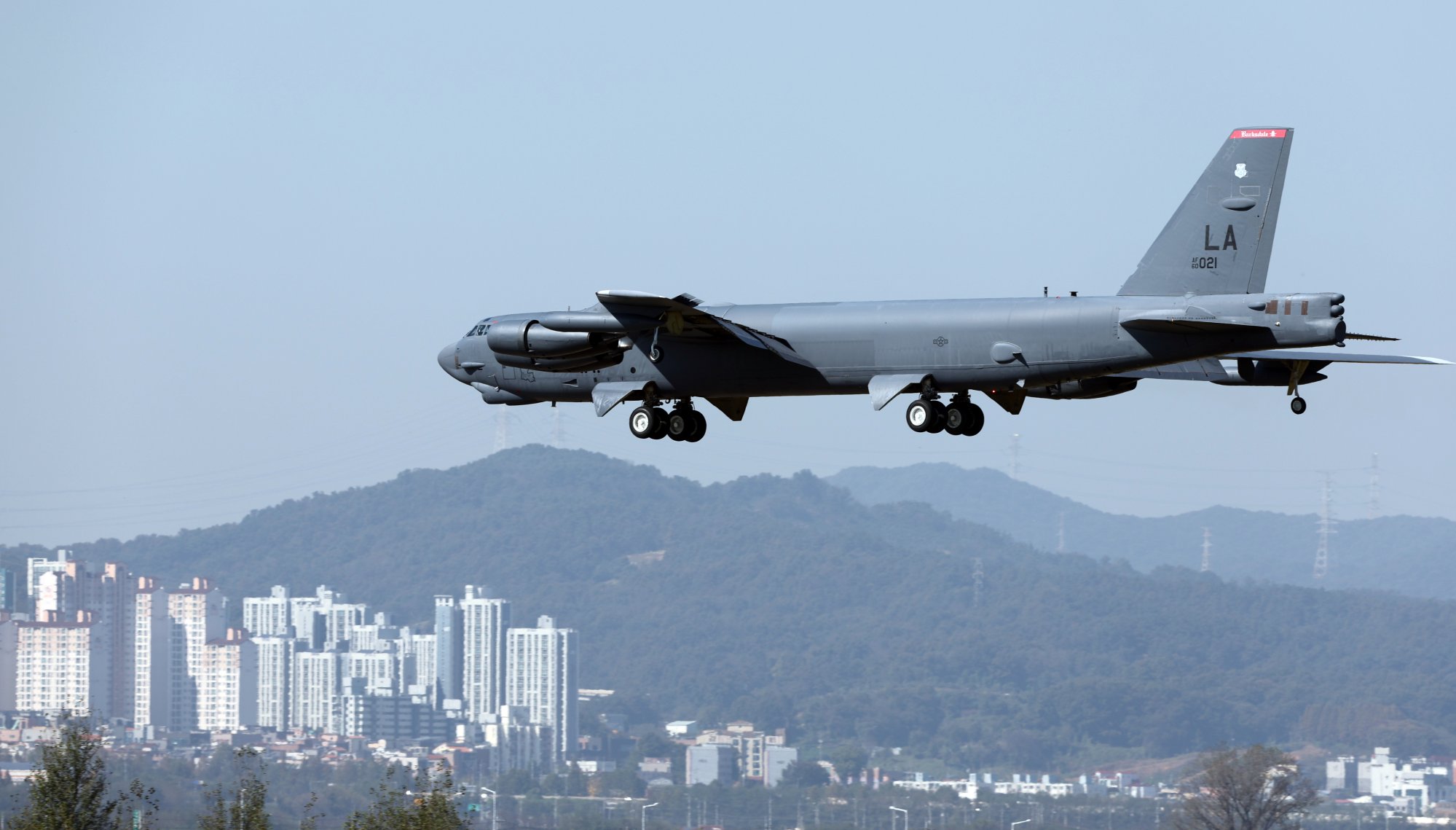
During the exhibition, which lasts until Sunday, two flyovers are also planned by the US Air Force’s nuclear-capable B-52 bombers.
Although B-52s – considered a key strategic asset alongside the B-1B and B-2 bombers – have been deployed to Seoul and Washington’s joint drills, this will mark the first time that one has landed at a South Korean airbase, Yonhap news agency reported.
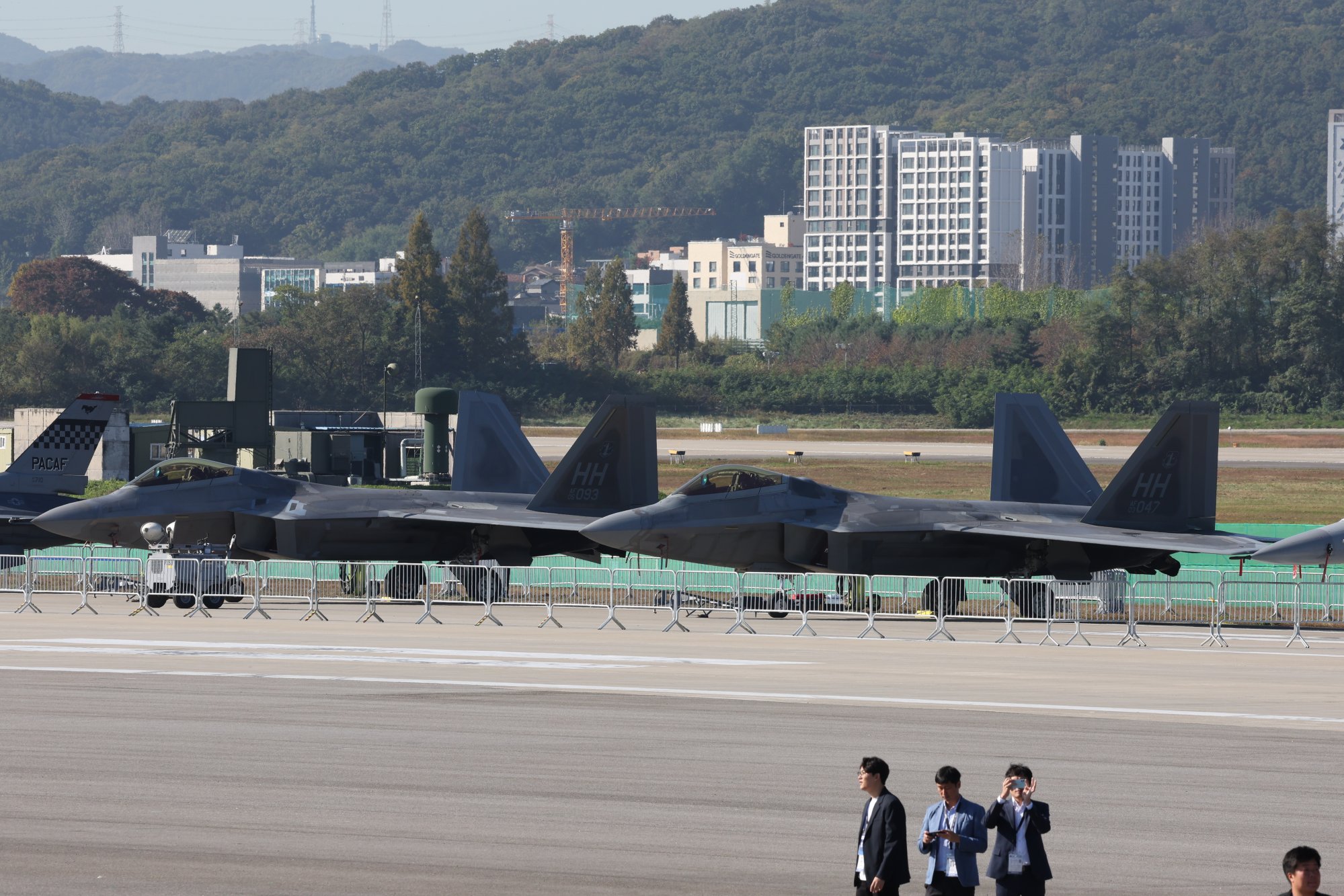
Yang Uk, a senior researcher at the Asan Institute for Policy Studies, said ADEX provided a rare opportunity for potential buyers to inspect popular South Korea-produced weapons in one place at one time.
“The fresh conflict between Israel and Palestine and the ongoing war between Russia and Ukraine are raising security concerns in many countries and this could be a boon for South Korea’s defence industry,” said Yang, an expert on military strategy and weapons systems.
Because of persistent threats from nuclear-armed North Korea, South Korea has been compelled to ratchet up efforts to develop cutting-edge conventional weapons, resulting in an enhanced competitiveness in global weapons markets, he said.
Its half-million-strong standing army provided a sizeable market and the need to train with new weapons also meant rare opportunities to test them, Yang added.
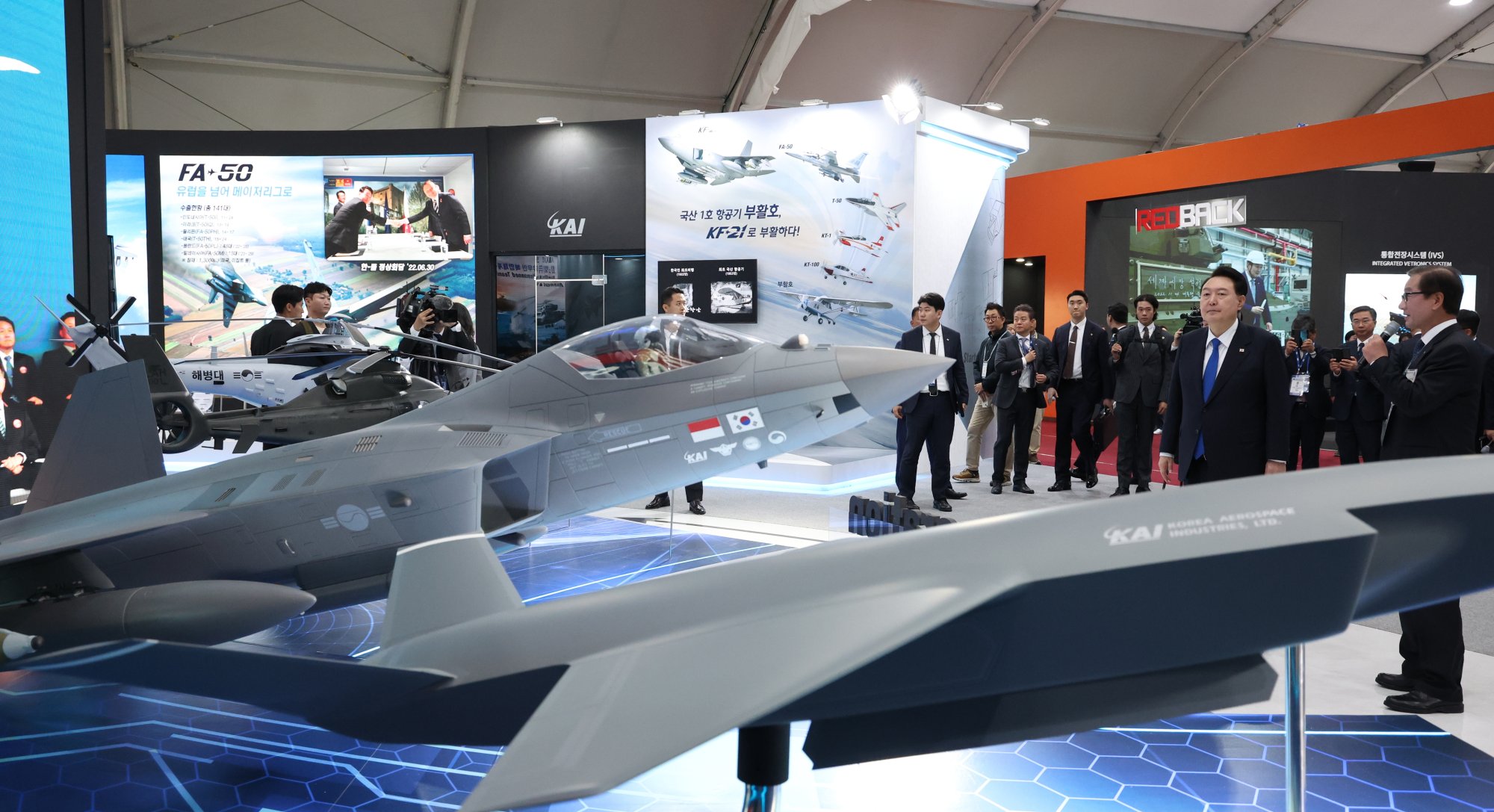
But Yang said there were downside risks in the growing resentment among EU states about importing weapons from outside the bloc and the US being piqued by South Korea expanding its weapons-market share.
Lee Il-woo, a senior researcher at the Korea Defence Network think tank, said Sunday’s change of government in Poland – which had emerged as Seoul’s largest client – cast a dark cloud over South Korea’s weapons exports to the European nation.
“The country’s weapons exports may suffer due to political situations in importing countries,” Lee said, noting that share prices of arms exports including Hanwha, LIG and Rotem plunged more than 3 per cent on Monday following the Polish election.
Additional reporting by Reuters
[ad_2]
Source link

